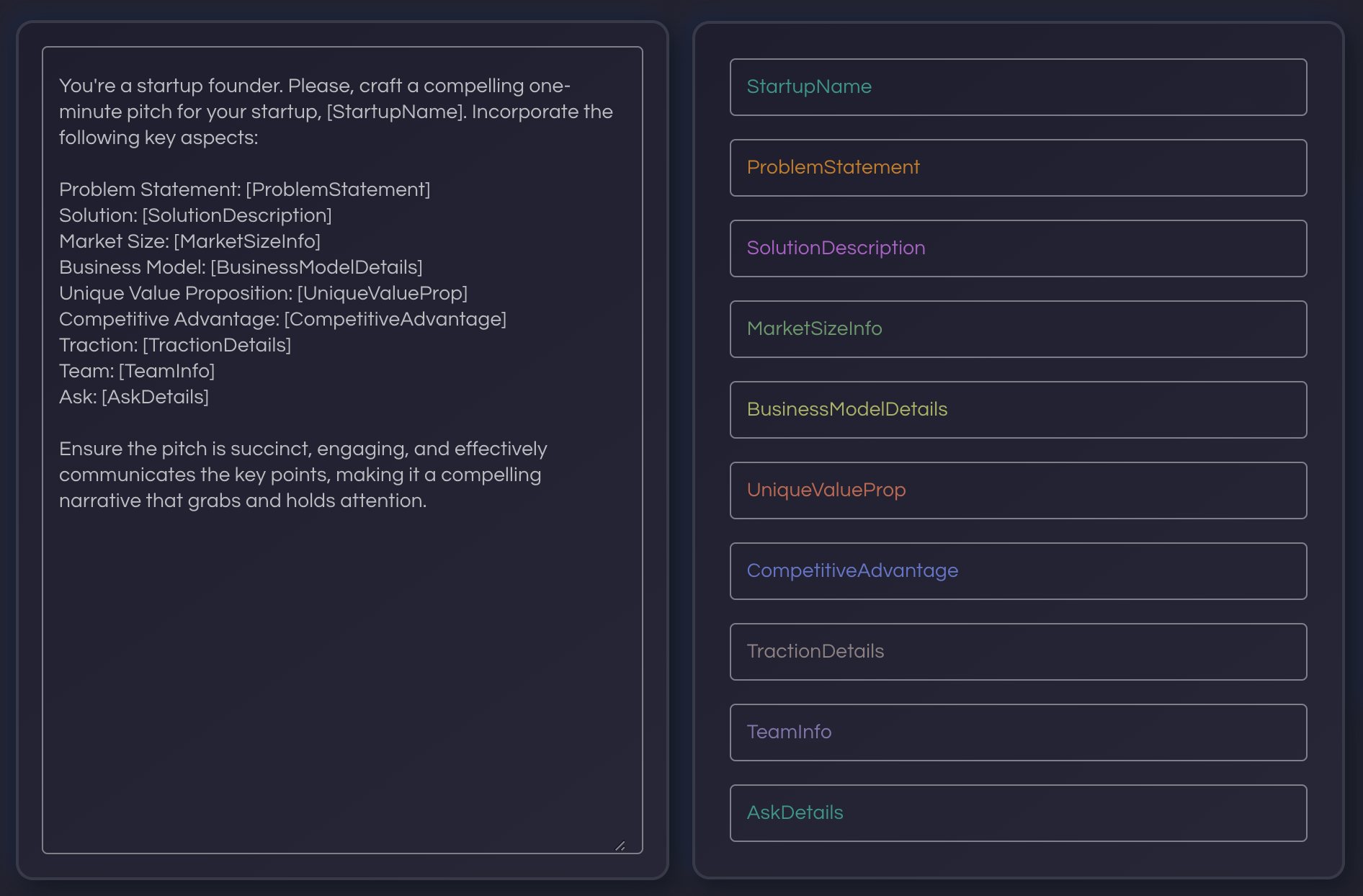Prompt Engineering's Evolution: From Articulation to Contextualization
Prompt engineering is frequently seen as the secret to successful interactions with artificial intelligence (AI) models. While the excitement surrounding crafting the perfect prompt may be justified now, the landscape is rapidly evolving. The nature of prompts and how they're used is undergoing a transformation. The future may not be about "how" we communicate with AI, but rather "what" we convey to it.
Here's why the art of writing prompts will undergo a transformation:
The Development of AI Models
In the early days of AI, specificity was paramount. Each word was crucial, and even the slightest ambiguity could derail the outcome. However, with models like DALL-E 3 and subsequent iterations, AI models are becoming more intuitive, understanding our requests better even with fewer words. As these models advance, the emphasis on perfect wording will diminish.
Shift from Articulation to Context
The future of prompt engineering will be more about providing the right context rather than detailing every aspect. While the AI may have general knowledge, it might not always grasp the specific context in which you're working. Thus, prompts will increasingly focus on conveying situational data, background information, or a particular perspective through which the answer should be framed. For instance, you might not need to instruct an AI on how to draft a blog post, but you could specify: "Write this with a humorous tone targeting millennials."
The Emergence of Prompt Templates
As we transition to this era of contextual prompts, we can expect the rise of prompt templates. These will serve as standardized methods to convey context to AI algorithms. Think of them as quick-start guidelines. Instead of crafting a prompt from the ground up, you might use a template like: "Provide market analysis for [Industry] focusing on [Specific Element] from [Year From] to [Year To]." Fill in the specifics, and you're set!

Here's a deeper look at what these templates entail and their advantages:
- Standardized Contexts: Templates will act as pre-built frameworks for routine tasks or inquiries. By utilizing these standard structures, users can bypass repetitive steps and zero in on the unique details. This not only streamlines the interaction but also reduces the chance of errors.
- Customizable Fields: While standardization streamlines the process, customization ensures specificity. Templates will feature fields that can be tailored based on the user's needs. It's akin to a form where you fill in the blanks. For instance, a content request template might read: "Write a [Type of Content] about [Topic] targeting [Audience] with a [Tone]." By populating these fields, users can articulate exact requirements without structuring the entire prompt from scratch.
- Community-Driven Templates: The potential of a community-driven approach to these templates is significant. Users globally can create, share, and refine prompt templates based on their experiences, amassing a rich repository of options for various tasks and sectors.
- Adaptive Learning: As users engage with AI models using these templates, models can begin to discern patterns and inclinations. They might recommend certain templates that align with the user's previous interactions or even suggest field values based on historical data.
Prompt engineering is an evolving discipline. As AI models mature, our methods of interfacing adapt. With the rising emphasis on context, prompt templates are set to become pivotal tools. The future likely won't involve meticulously crafting each prompt. Instead, we'll be selecting, adjusting, and refining templates to elicit the desired responses from AI.